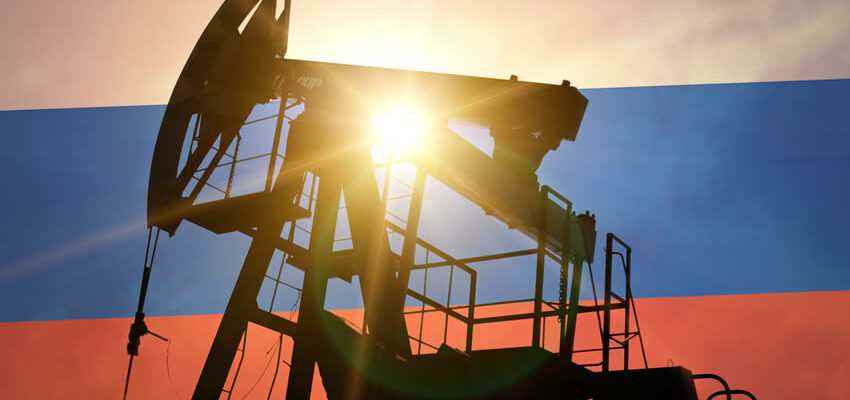Last week, the G7 countries, meeting at a summit, agreed to a price cap for Russian oil, to further dry up the cash inflows for Moscow, which uses it to finance its war machine. Since a sudden European embargo would cause crude oil prices to soar again, the Americans have proposed the idea of a complex capping mechanism which – since direct price intervention is not possible – will involve carriers and private insurers. Tankers transporting crude from the Urals will no longer be able to be insured unless they have bought the Russian oil loaded in the hold below a certain price, which will be a price just a little above the cost of production. Japanese Prime Minister Fumio Kishida has proposed a cap at around half the current price, around $50 to $60.
Japan, the United States, Canada, the United Kingdom, Germany, France and Italy are currently considering implementing this plan. Today, the European Union, which decided in June on a gradual embargo on Russian oil, still sends hundreds of millions of dollars to Russia every day to buy its black gold. The West intends to reduce these financial flows without crude prices returning to flirt, as in March, at the start of the war in Ukraine, with their 2008 records, at almost 150 dollars a barrel, after the decision of the United States and the United Kingdom to ban the import of Russian oil.
The new plan of the West to sanction Russia could, however, once again turn against them, it is estimated within the American bank JPMorgan; this is the risk “the most obvious and the most probable. »
“Stratospheric”
The team of Natasha Kaneva, head of the raw materials analysis division, warns that Russia could decide, in retaliation, to reduce its production by 5 million barrels per day, without this having any consequences. “excessive damage” on its economy, given its budgetary situation ” solid “. Such a response from the Kremlin would cause a historic boom in oil prices which could reach the level “stratospheric” of 380 dollars a barrel, according to the calculations of the bank, which does not believe in a global recession.
“Currently, we estimate that oil prices move about $25 a barrel for every 1 million barrel change in supply or demand, nearly double the 15 that prevailed before the invasion of Ukraine by Russia and four times more than the 9 dollars observed just before the start of the Covid, at the beginning of 2020”, can we read in a note sent last week. For example, if Russia were to withdraw another 3 million barrels per day from the market (just over 3 million are already under sanctions, partly offset by increased production from other OPEC+ members), prices of North Sea crude would reach $190 a barrel (+$75 compared to the current price), before racing even more, due to a threshold effect, in the case of the worst-case scenario of a cut of 5 million barrels.
Russian Deputy Prime Minister Alexander Novak already warned last week that attempts by the G7 (which is also seeking cooperation from China and India) to cap Russian oil prices could cause an imbalance in the market and push prices up.
On Monday, Brent rose 2% to around 114 dollars a barrel (+45% since the start of the year). In Norway, a producer country, a strike by workers in the energy sector is expected to lead to the closure of three new hydrocarbon fields. According to the Norwegian Oil and Gas Association, this will result in a daily loss of oil production of 130,000 barrels.
“The absence of buffer stocks […], with low stocks compared to pre-pandemic levels […], makes the market vulnerable to unplanned supply disruptions, such as spiraling protests in Libya or an active Atlantic hurricane season, which could potentially shut down refineries in the Gulf of Mexico.”we warned last week at JPMorgan.
